AGNES SMITH LEWIS
(1843-1926)
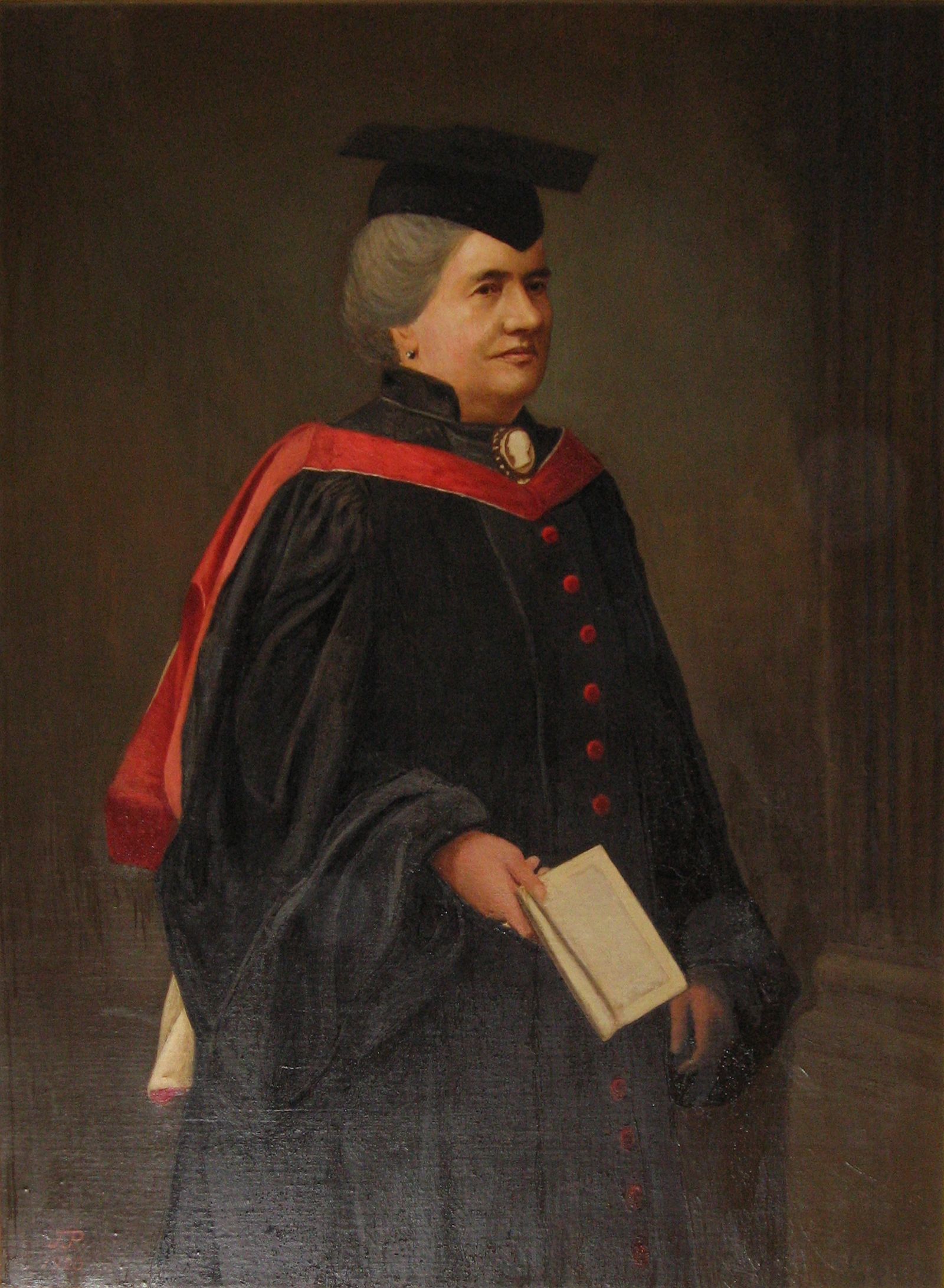
On the last day of her visit to Cambridge in January 1887, the scholar and traveller Agnes Smith found the Geological Museum closed. A friend suggested that she and her twin sister Margaret try the nearby Parker Library at Corpus Christi College instead. As Janet Soskice writes in her excellent biography Sisters of Sinai, "There, amongst the banks of leather-bound volumes, the Fellow Librarian, Mr Samuel Savage Lewis, appeared."
Within the year, Agnes and Lewis had married and settled in a house together, although Lewis was obliged to spend five days a week at College. The couple only enjoyed four years of marriage, with Lewis dying of a heart attack as the couple travelled in a train from Oxford.
Twin scholars
The sisters, who were born in 1843 in the town of Irvine near Scotland, lost their mother Margaret when they were just a few weeks old. Their father, a lawyer named John Smith, resolved that he would not remarry and that he would bring up his two daughters himself. The girls had a happy upbringing and were encouraged in education by their father, learning languages at a young age and attending private schools. After their father's death, the Smith sisters were left a large inheritance and moved to London, continuing to learn languages, and travelling in Europe and the Middle East.
In 1892 they visited Egypt, and at St Catherine’s Monastery in Sinai they famously discovered the Sinaitic Palimpsest – the oldest known copy of the Gospels. The following year they returned with other Cambridge scholars to translate and copy the manuscript.
On further visits to Cairo the sisters acquired other unique manuscripts and fragments, including leaves from an early 11-12th century Hebrew manuscript of Ecclesiasticus (also called Sirach or Ben Sira) hitherto only known to have been written in Greek and Latin translations. Using the leaves the sisters had found, the British-American rabbi and scholar Solomon Schechter was led to the lost Cairo Genizah - an extraordinary collection of over 100,000 pages (around 300,000 documents) of rare Hebrew religious manuscripts and medieval Jewish texts that were preserved at an synagogue. The find revolutionized the study of Medieval Judaism. In 1897 the sisters joined Schechter and worked to collect material from the Genizah. With the permission of the Chief Rabbi of Cairo, Schechter took the material back to Cambridge, where it is still being studied by international scholars at the Genizah Research Unit at the University Library.
The sisters were never given degrees from Cambridge, but Agnes was awarded an honorary doctorate from Halle-Wittenberg in 1899, and both sisters were given honorary doctorates by the University of St Andrew’s, Heidelberg, and Trinity College, Dublin.
After her husband's death, Agnes wrote a 1892 biography of him, Life of the Rev. Samuel Savage Lewis, describing his travels, correspondence, collecting adventures and their time together. In it she says, "The two chief characteristics of my husband's life, those which make his memory most previous to us, were his inexhaustible fund of kindness, and the high value he set upon time "
Margaret died in 1920 and Agnes in 1926. Their manuscripts were given to Westminster College. On her death, Agnes' life interest in the bequest of her husband ceased and the College inherited a sum of about £6,000.
The Lewis Collection is currently housed in the Fitzwilliam Museum, on long-term loan from Corpus Christi . The antiquarian collection, composed of over 4,000 individual pieces, ranges from coins to sculpture, pottery to prehistoric tools.
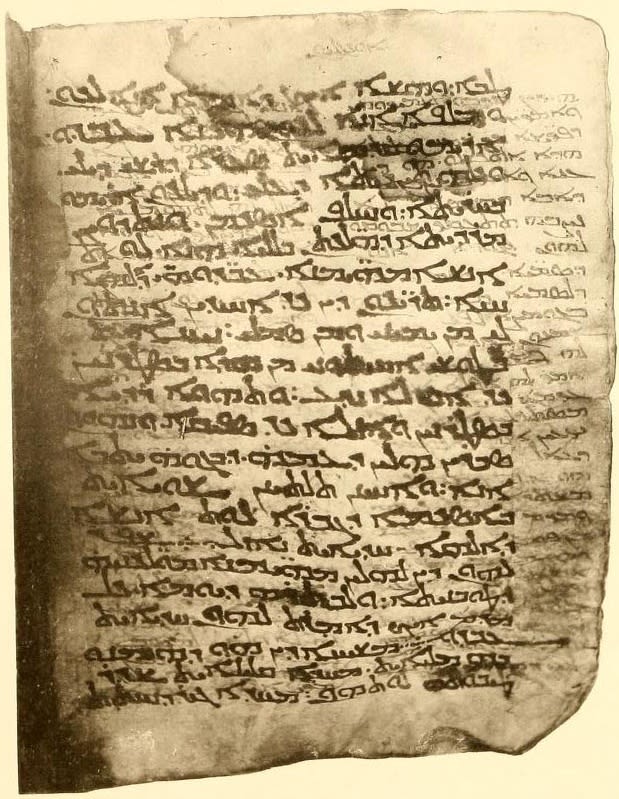
The Syriac Sinaitic, known also as the Sinaitic Palimpsest, of Saint Catherine's Monastery is a late fourth-century manuscript of 358 pages found by Agnes Smith in 1892. It contains a translation of the four canonical gospels of the New Testament into Syriac, which have been overwritten by a vita (biography) of female saints and martyrs with a date corresponding to AD 778. This palimpsest is the oldest copy of the gospels in Syriac.
The Syriac Sinaitic, known also as the Sinaitic Palimpsest, of Saint Catherine's Monastery is a late fourth-century manuscript of 358 pages found by Agnes Smith in 1892. It contains a translation of the four canonical gospels of the New Testament into Syriac, which have been overwritten by a vita (biography) of female saints and martyrs with a date corresponding to AD 778. This palimpsest is the oldest copy of the gospels in Syriac.
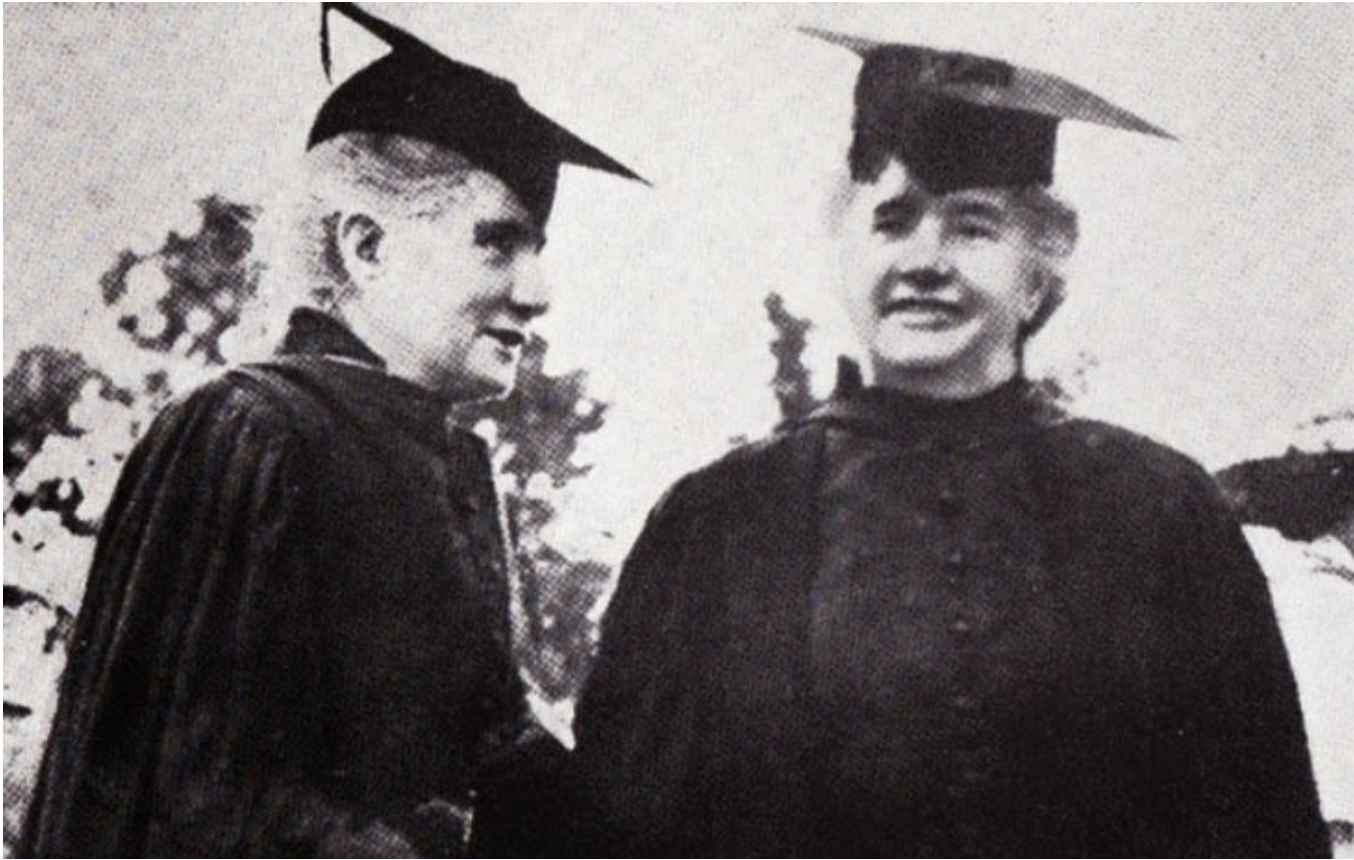
Agnes Smith Lewis (1843–1926) and Margaret Dunlop Gibson (1843–1920)
Agnes Smith Lewis (1843–1926) and Margaret Dunlop Gibson (1843–1920)
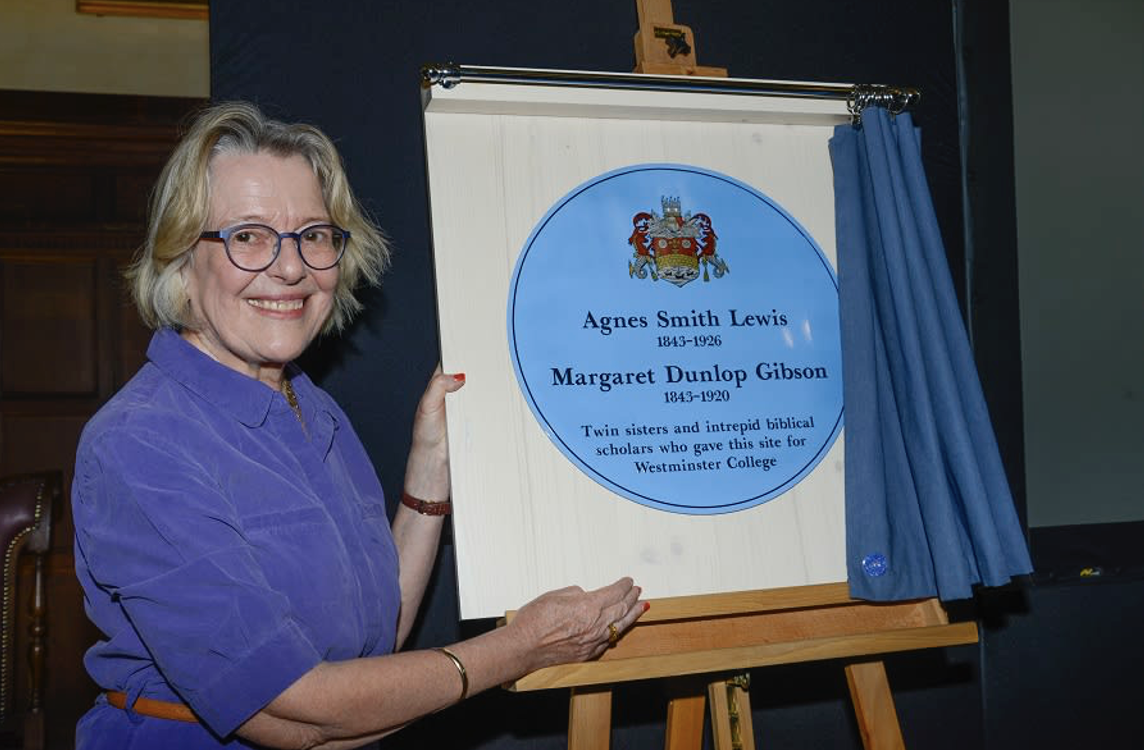
A blue plaque to commemorate the twin sisters was unveiled by Professor Soskice, author of Sisters of Sinai, at a ceremony at Westminster College on 1 June 2019. The plaque was sponsored by Westminster College.
A blue plaque to commemorate the twin sisters was unveiled by Professor Soskice, author of Sisters of Sinai, at a ceremony at Westminster College on 1 June 2019. The plaque was sponsored by Westminster College.
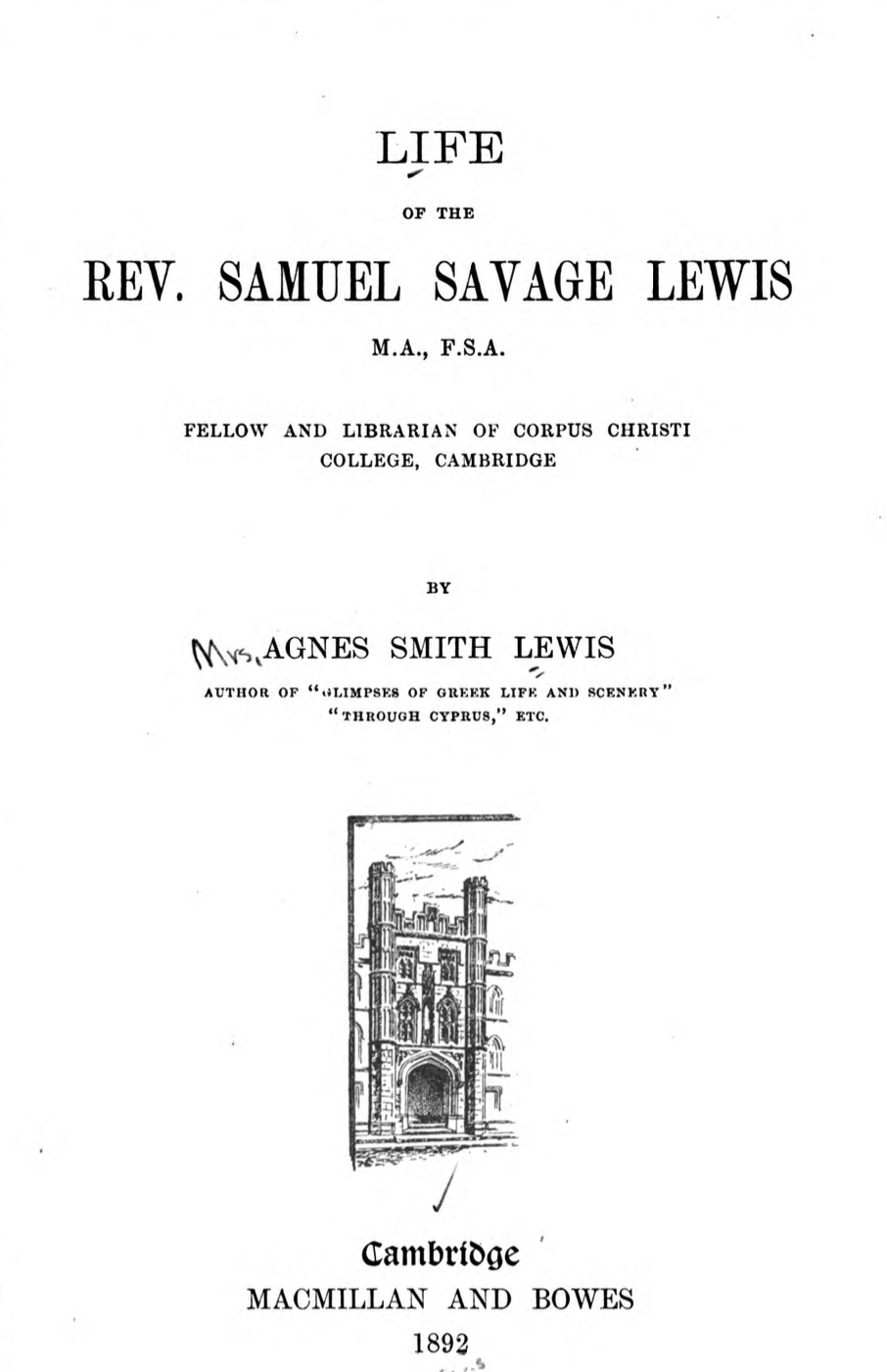
Life of the Rev. Samuel Savage Lewis by Agnes Smith Lewis.
Life of the Rev. Samuel Savage Lewis by Agnes Smith Lewis.
